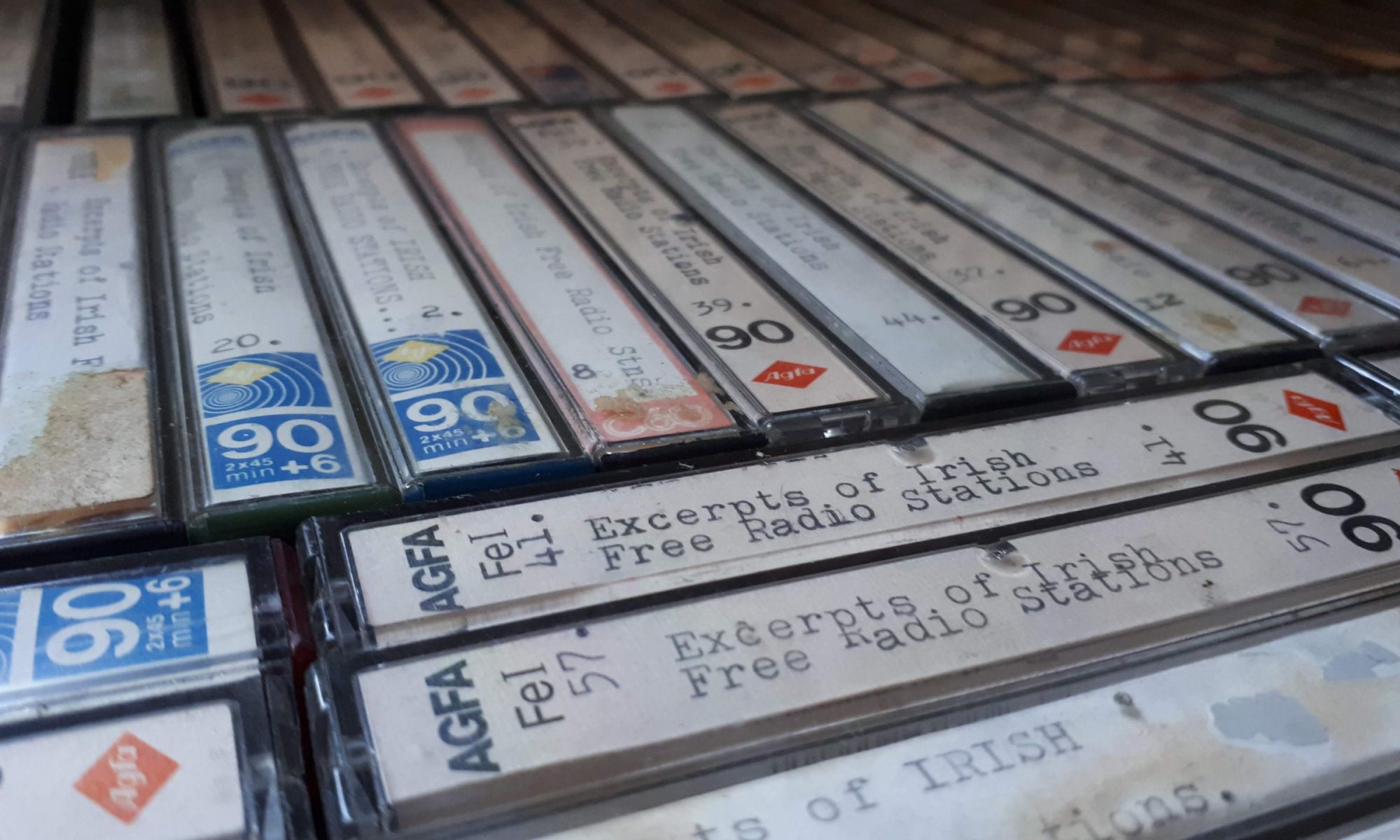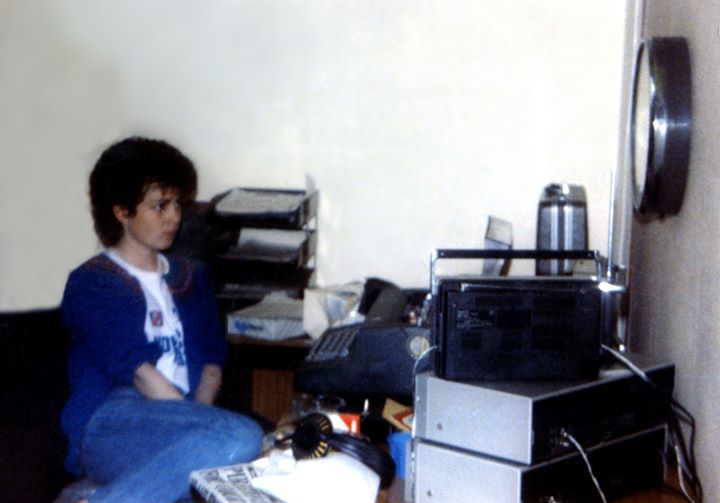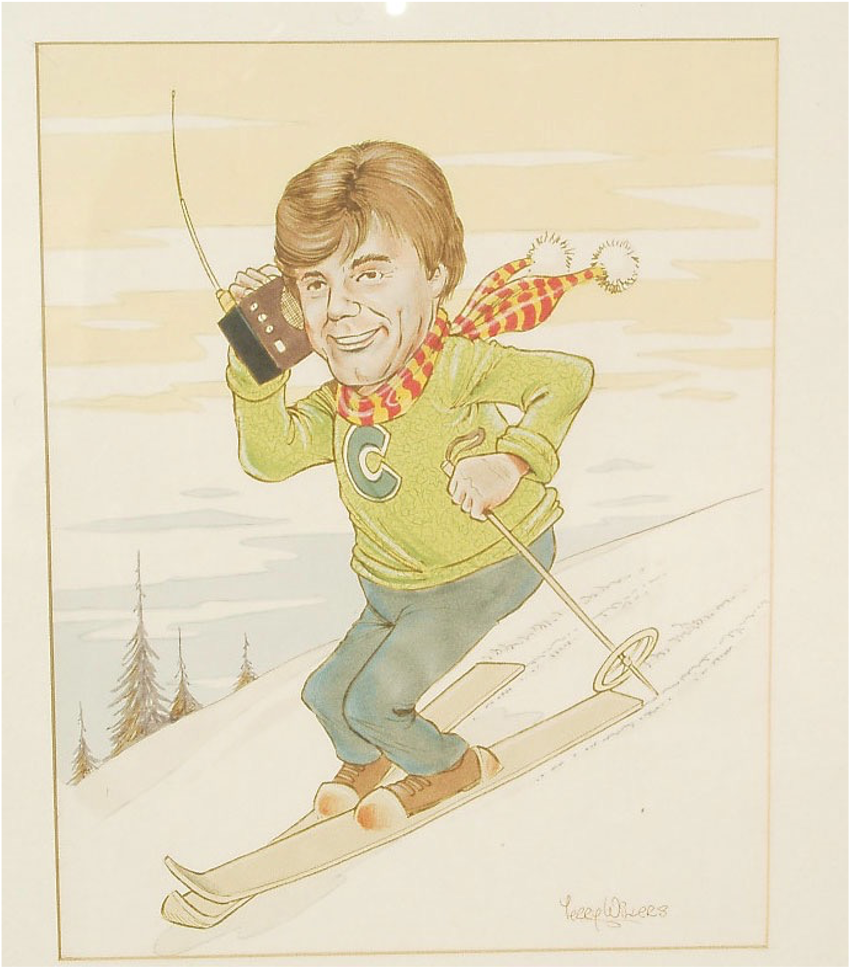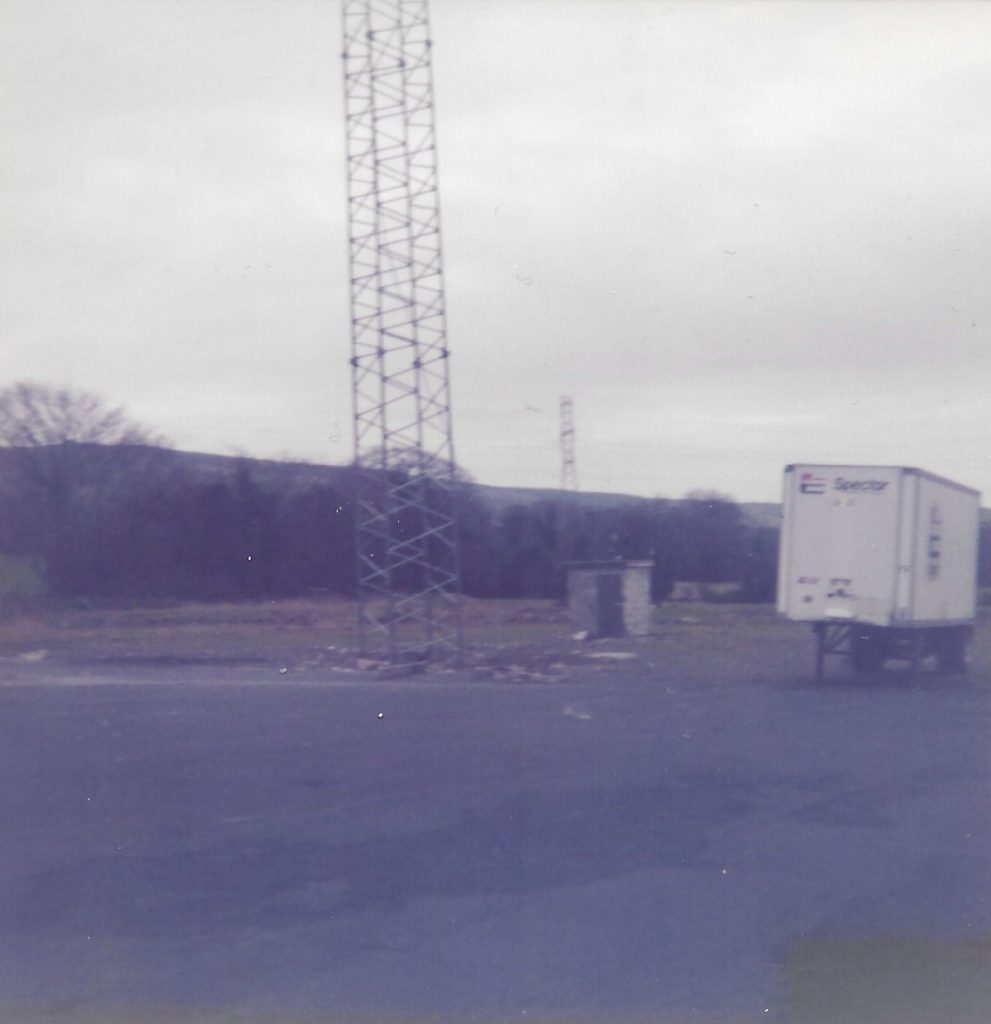Podcast: Play in new window | Download

The Zoo Crew was a zany breakfast slot in the Radio Nova breakfast show from late 1985 to early 1986, presented by Colm Hayes, Bob Gallico (RIP) and Cathy Byrne. This recording includes chat, features and humour from the Zoo Crew at a pivotal time for Radio Nova. There are promos for pre-Christmas competitions and an opportunity to win a colour television along with sports news, a traffic report and a birthday file that includes a mention of Bob’s 26-year old son, Michael. The usual high-level adverts are heard for large businesses and brands but the veneer of commercial success hid the growing problems for Nova at the time.
The station’s news and easy-listening offshoot service Magic 103 had closed on 22nd September, reigniting a bitter dispute between Nova boss Chris Cary and the National Union of Journalists (NUJ). After resorting to jamming the pirates in 1984, RTÉ later changed its tactics and in May 1985 received permission from the European Broadcasting Union (EBU) to use 102.7 FM for Raidió na Gaeltachta in the north-east, which was coincidentally the same frequency as Nova. Two days after this recording was made, on Thursday 7th November 1985, RTÉ switched on its new high-powered transmitter at Clermont Carn in Co. Louth, drowning out Nova’s signal as far south as Dublin. The Anoraks UK Weekly Report of 10th November reported that by ‘Friday morning, everyone at the station was in a state of despair, and finally, Tony Allan made a promo asking people to help to locate the offender’. Nova requested reception reports to determine where the test tone was worst, and eventually it was traced to Co. Louth. Nova switched off 102.7 at 1214 on Friday and moved up to 103.1.
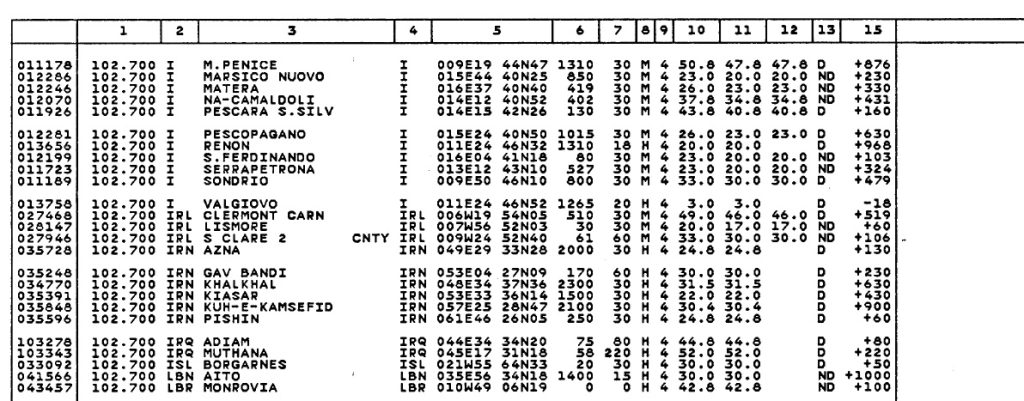
Nova fan Kevin Branigan comments that this period was the beginning of the end of Radio Nova. ‘The closure of Magic 103 was causing turmoil, with the NUJ strike that had ended the previous October now resumed with a vengeance with pickets back at Nova Park and at the more high-profile 144 Upper Leeson Street premises, where Magic had been based. Nova had been relayed on 103.5 FM since the closure but it was later claimed falsely on air that the transmitter had been vandalised when in fact it had been sold by Cary to Dublin rival Q102. This was done to put the NUJ off the scent and claim that Nova had nothing more to do with Magic 103, but the move was disastrous because it strengthened Q102 and led it to surround Nova on the FM dial. Fast forward a few months and Nova was closed, its DJs were working mostly for Q102 and that station went on to become one of the biggest in Dublin’. This was all unfolding at the same time as our recording – the claim of bogus vandalism was made by Nova on November 6th, while Q102 were already audible on low power on 103.5, so the new RTÉ transmitter in Co. Louth could not have come at a worst time. Listen below to extracts from Nova news bulletins about the ‘vandalism’.
The airchecked recording of the Radio Nova breakfast show is from the Anoraks Ireland Collection and was made from 102.7 FM between 0652-1005 on Tuesday, November 5th 1985.
